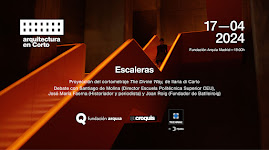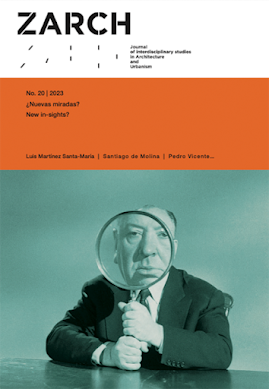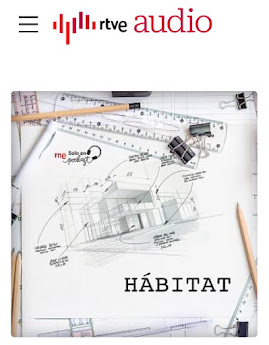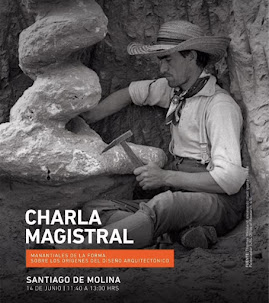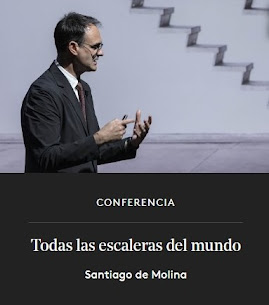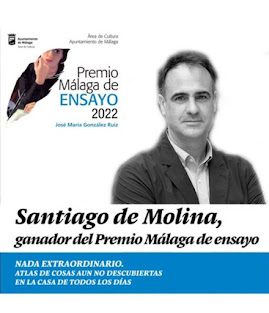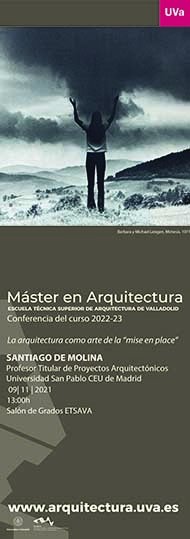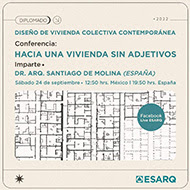Un examen minucioso a contraluz de las manos, tras una jornada entre la madera, deja ver una ligera sombra: un punto en el caso de las maderas más nobles y evolucionadas, o una línea minúscula en las blandas. La astilla es, a menudo, fácil de localizar al sentir el latido del corazón en su proximidad o por la temperatura ardiente del dedo. Son un fastidio cuando se rompen al tratar de sacarlas, pero un carpintero sabe que forman parte de su trabajo. Los tiempos muertos y los descansos son el momento preferido por este noble oficio para expurgar su presencia, sea con una navaja o con las uñas. Un día sin astillas es una rareza, una jornada que no parece de provecho. La astilla es la firma cotidiana de su oficio.
Este día a día de las secretas astillas es extensible al yesero, al alicatador o al ferrallista. El lenguaje oculto de las minúsculas incomodidades de los oficios de la construcción a menudo nos hace olvidar su áspera dignidad e importancia. Esas astillas son un símbolo de las profesiones relacionadas con el hacerse de los edificios, y también debieran serlo de los propios arquitectos. Supongo que sucede lo mismo a los médicos, a los entrenadores de tenis o a los guardacostas. Hay pequeños “gajes del oficio” que conectan a cada persona con una dimensión oculta de su trabajo. Tras cada obra hay millares de astillas clavadas. El mundo de esas minúsculas incomodidades del arquitecto es semejante, solo que las suyas se clavan no solo en las manos, sino incluso en los ojos.
A close examination of the hands held up to the light, after a day spent among wood, reveals a faint shadow: a dot in the case of the nobler, more evolved timbers, or a tiny line in the softer ones. A splinter is often easy to find by sensing the heartbeat throbbing near it or the finger’s burning warmth. They are a nuisance when they break while being removed, but a carpenter knows they are part of the trade. Idle moments and breaks are the favored times in this noble craft to purge them, whether with a knife or with fingernails. A day without splinters is a rarity, a day that feels unproductive. The splinter is the everyday signature of the trade.
This daily life of secret splinters extends to the plasterer, the tiler, or the rebar worker. The hidden language of the tiny discomforts in construction trades often makes us forget their rough dignity and importance. These splinters are a symbol of the professions tied to the making of buildings, and they ought to be so for architects as well. I suppose the same happens to doctors, tennis coaches, or coast guards. There are small “occupational hazards” that connect each person to a hidden dimension of their work. Behind every building lie thousands of splinters. The world of an architect’s minute discomforts is similar, only theirs lodge not just in their hands, but even in their eyes.



























_-_left_hand_screen,%20imagen%20wikipedia.jpg)






